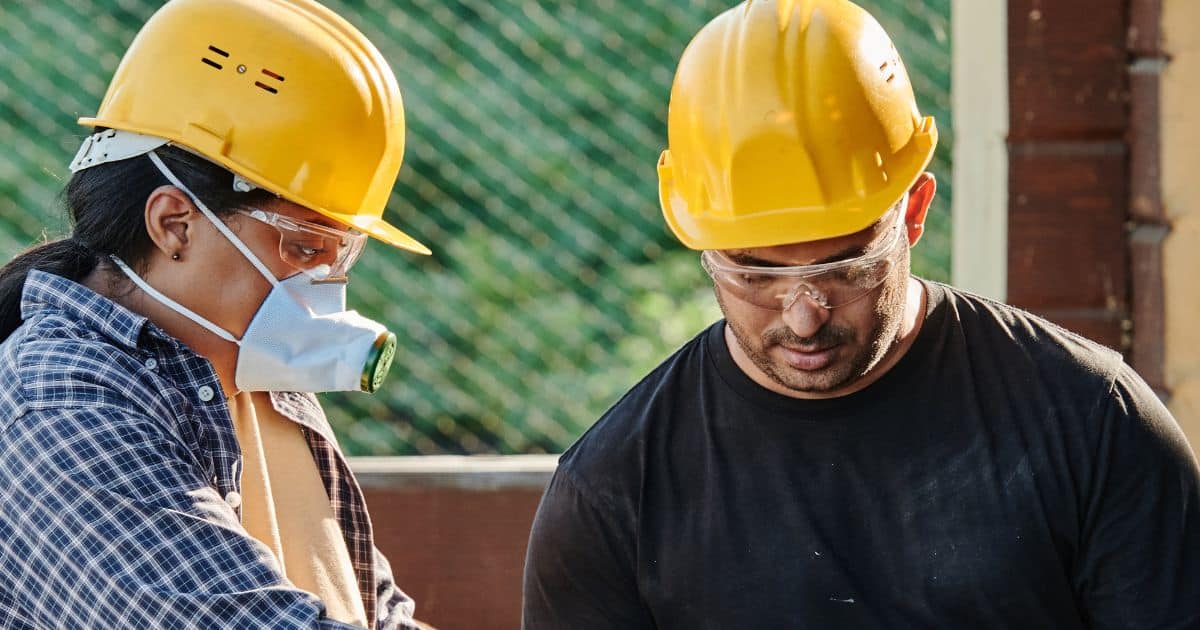
Construction workers face significant work-related hazards that are not common to other occupations, and some can cause life-threatening diseases. One of these is silicosis, a serious lung disease that can develop when people are exposed to crystalline silica found in certain kinds of stone and sand. Silica dust can also increase risks for other systemic diseases, including lung cancer.
How Do Construction Workers Develop Silicosis?
Concrete and masonry products like rock and sand are two materials used in the construction industry, and construction workers are around them much of the time. If the rock and sand being worked with contain silica, there is a risk of exposure. Exposure can be caused by:
- Abrasive blasting
- Chipping, grinding, sawing, hammering, and drilling masonry or concrete
- Crushing and transporting rock
- Demolition of structures
- Drilling, hammering, and chipping rock
- Pressurized air blowing and dry sweeping rock, sand dust, or concrete
How Can Silica Exposure be Prevented?
The Occupational Safety and Health Administration (OHSA) has a good deal of silica safety information available and emphasizes the importance of having a clear exposure control plan. This should be managed by a construction professional, who can help decrease the exposure by instituting preventative measures like ensuring that all workers wear respirators. In addition, OSHA also recommends regular chest x-rays and lung function tests for workers, comprehensive employee training, and consistent record-keeping to monitor exposure and other important benchmarks.
To further prevent contamination, workers are encouraged to change out of their work clothes after shifts to avoid contaminating their vehicles and homes. It is also wise to shower after a shift, and some companies provide on-site facilities for this purpose.
What are the Symptoms of Silicosis?
It can take years for silicosis symptoms to appear, and common early ones are a worsening shortness of breath, coughing, and sputum. Scars can develop in the lungs and may show up on chest x-rays. In addition to chest x-rays, physicians diagnose silica-exposure diseases with CT scans, lung function tests, and bronchoscopies.
As the symptoms worsen, patients may feel like they have chronic bronchitis and might also find it harder to breathe. Other silicosis symptoms can include bluish lips, fever and night sweats, fatigue, weakness, and swelling of the legs. Silicosis affects the immune system so if it is left untreated it could turn into lung cancer, kidney disease, COPD, or tuberculosis.
If you have a work-related disease like silicosis, you may be able to receive workers’ compensation to help with your medical bills and lost time from work. Some employees with these kinds of diseases choose to pursue legal action against their employers, and those can be individual or class-action suits. These types of cases might revolve around negligence or product liability.
The Chester County Workers’ Compensation Lawyers at Wusinich, Sweeney & Ryan, LLC Work with Clients Who Have Diseases Caused by Silica Exposure
Employers are supposed to provide safe working environments for all their employees, but many workers suffer work-related illnesses that can ruin their lives. If you need legal guidance with a work-related illness or injury, contact the experienced Chester County workers’ compensation lawyers from Wusinich, Sweeney & Ryan, LLC. Call our Exton, Pennsylvania offices at 610-594-1600 or complete our online form. We proudly serve Downingtown, West Chester, Exton, Coatesville, Phoenixville, Malvern, Lyndell, Wagontown, Uwchland, Parkesburg, Chester Springs, Lancaster County, Reading, and Morgantown.




